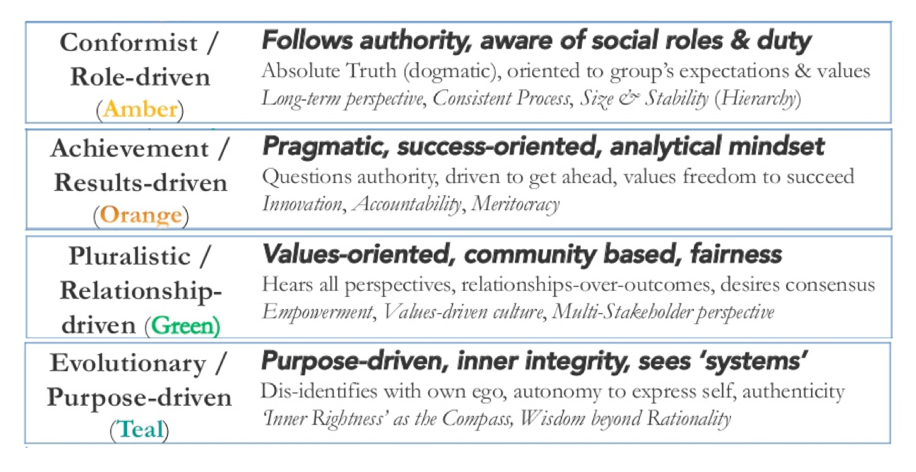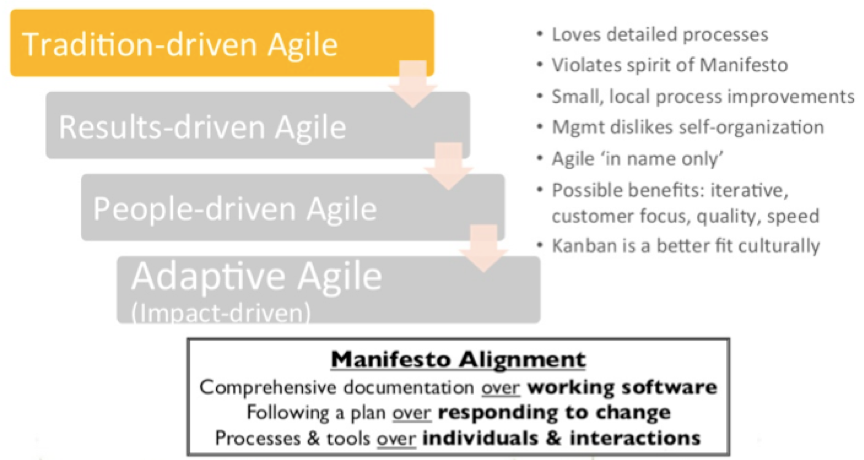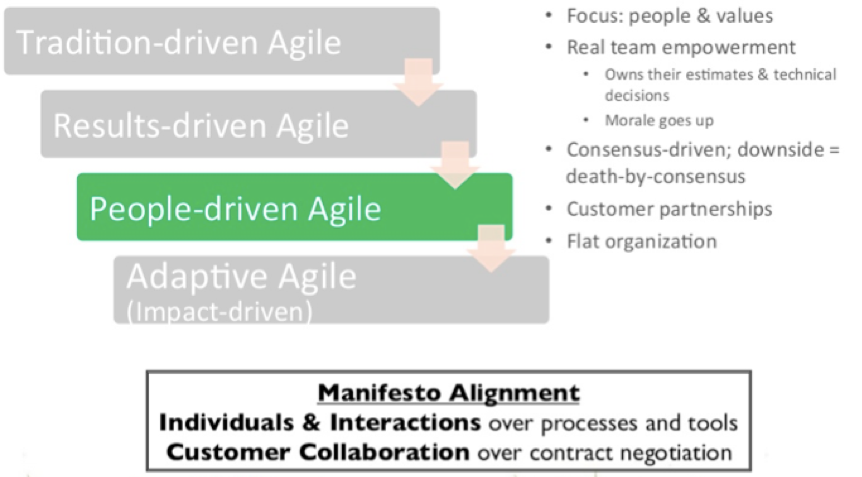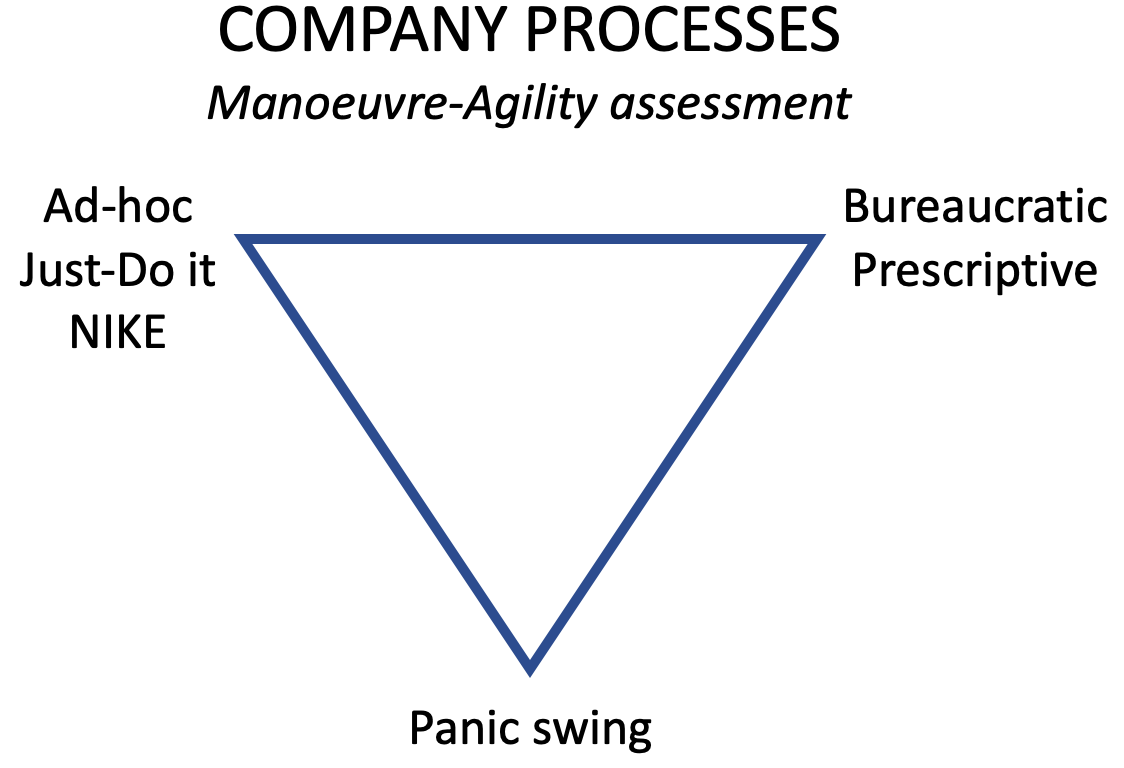Culture and Cultural change models and ideas
An overview of the techniques and the concepts I have found valuable to understand organisations culture and to think about cultural change
Reflections in this post originate from this experience: over several years I had many conversations around company culture in the context of lean-agile adoptions. I’ve facilitated several culture assessments for teams, groups and companies, and I had many conversations around cultural change.
I’ve tried several “tools” to support my understanding and those conversations, and to carry out those assessments. I started with the Schneider Culture Model and I’ve experimented with others. I’ve found some model more effective and valuable than others. I’m sharing them here in this post.
A practical definition of culture
From a practical point of view, I find useful this definition of culture, culture is:
The collective narratives that connect people, the set of intangibles that contribute to define a group’s identity and that ultimately influence how the group make sense of things, take decisions together, behave and act.
I find it useful because it connects the culture with the most visible and tangible aspect of it, that is the actions and behaviour of the group.
David Marquet in his book ’Turn the Ship Around’ describes the principle Act your way to new thinking, that means: Change behaviour and this leads to new thinking, to a cultural change.
Cultural change takes many many years
The only fast cultural changes I’ve seen or heard about, have been traumatic and regressive cultural revolutions, imposed by authority and with a degree of coercion and fear (e.g. of losing the job, status, and privileges).
A positive cultural evolution, especially one beneficial to an organisation transitioning to a modern paradigm of work, is a very different type of cultural change. And that in my experience takes many years before it happens, take roots and become permanent.
In the book Rework the co-authors and founders of the software company 37signals, Jason Fried & David Heinemeier Hansson, suggest:
Culture is the by-product of consistent behaviour
Someone else said:
Culture is like a fine scotch, you’ve got to give it years to develop
Leaders in an organisation have a huge role in cultural change. The leaders create a work environment that is fertile or hostile to the cultural evolution: through their exemplar and consistent behaviour, by the behaviours they encourage, support and reward, and the bad behaviours they tolerate.
The importance of such an environment is highlighted by Joseph Pelrinee referencing the work of psychologist Kurt Lewin: Behaviour is a function of the person and his or her environment or
B = ⨍ (P, E)
How long is gonna take then? I’ve seen traumatic and regressive cultural revolutions happen in less than one year. I’ve seen positive cultural evolutions take 3 to 6 years, depending also on the size of the company. Jennie Naidoo and Jane Wills in ‘Foundations for Health Promotion’ list 6 criteria for a change to have taken place, these three helps to draft a “definition of done”:
- the new behaviour must be salient
- the salience of the new behaviour must appear over a period of time
- the old behaviour is not part of the coping strategy
Influencing cultural change
Dave Snowden suggests that:
You can’t engineer a company culture.
You can interpret the present, set a direction of travel, and discover useful things during the journey.
To do this, leaders as well as groups and teams, can periodically observe their current behaviours, and the behaviours they want to encourage, support, reward, and tolerate based on which is beneficial and which is not. And they can use visualisation techniques to do this collectively.
For example, Andrea Provaglio created this radar to visualise reflections around behaviours:

The group can add post-its with the related behaviour placed in the relevant quadrant. A possible format for such post-it is suggested in David Marquet ‘Turn the Ship Around Workbook’:

I’ve mentioned before how important are the environment as well as the identity, and roles that may contribute to define such identity. I’ve observed in action a few times this effective technique to influence and reinforce a cultural change:
– gradually forming new teams (adopting a new way of working) and moving them to a new office/building
– gradually assigning people to the new roles giving individuals the right to volunteer for this move and giving priority to those that are willing and ready.
This had the effect to create a completely new environment with a void that brings the opportunity as well as the need to redefine new social norms, new behaviours, and so contribute to a new culture.
Models for Organisation Culture assessment
I’ve tried several models. Those I’m describing here have been the more effective and valuable because they are very clear, intuitive, quick, and they help to collect easy to correlate data.
As much as they are a very effective support, they are not a magic tool. Most of the intelligence is in the person facilitating the assessment, and most of the information is in the stories told in the conversations provoked by these assessments. The data-points collected and correlated with the support of these models help to make sense of it in a more reliable way.
The first model provides a description of different evolutionary paradigms for organisations by Frederic Laloux (he uses the term Level of Consciousness). Please note that the Teal is an abstract extrapolation, does not come from several observations as per the other levels.

The second model provides a mapping between such levels and different degrees of alignment to the agile manifesto, it comes from Michael Spayd (he uses the term Altitudes). Both are easy for everyone to understand, and help to describe the current reality people is experiencing in their team, department and organisation. The mapping to Agile enables conversations around the current culture and its compatibility with agile ways of working.

The participants to the assessment are asked to dot-vote where they see their organisation (or department or team) among the cultures described by Frederic Laloux and mapped by Michael Spayd:
- Amber
- between amber and orange
- Orange
- between orange and green
- Green
- between green and teal
- Teal
while the description of all the options is presented to them.
This is a quick summary of the mapping of the Amber culture to the agile manifesto:

This is a quick summary of the mapping of the Orange culture to the agile manifesto:

This is a quick summary of the mapping of the Green culture to the agile manifesto:

This is a quick summary of the mapping of the Teal culture to the agile manifesto:

After the dot-voting and the counting of the votes, participants comment on the results and are encouraged to openly discuss it. This typically leads to a lot of interesting conversations, and interesting and relevant stories are shared.
The organisation culture has a big influence on the processes used by the organisation too. So talking about the processes provides useful additional data-points and often leads to other interesting conversations. The upside-down triangle below is used provokes such conversations.

On the top, there is a line that goes
– from the left vertex representing an improvisation approach to processes that I call “Ad-hoc, NIKE’s Just do it”
– to the right vertex representing a highly predictive, prescriptive and bureaucratic approach to processes.
In the middle of the line on the top, between the left and right vertex, there is an area representing a flexible and adaptive “agile” approach to processes.
Try it online https://scratch.mit.edu/projects/445690099/
When the approach of the organisation to processes is close to the left or right extremes, and the circumstances the company is facing do not match well with such approach, it is common for an organisation to temporally swing their approach to processes to the other extreme like a pendulum. This typically suggests a lack of manoeuvre agility: the ability to recognise the approach appropriate for the circumstances, and to transition in a timely manner to this approach. And it is the opposite of the flexible and adaptive “agile” approach to processes. The vertex at the bottom marked with “Panic swing” represents such case.
Participants to the assessment are asked to dot-vote where they see the approach to processes in their team, department or organisation. They are asked to place a dot proportionally closer to the vertex that resembles the most the process approach they have observed, and proportionally far away from the vertex the resemble the less the process approach the have observed.
After the dot-voting and the identification of clusters of votes, participants comment on the results. Again a lot of interesting conversations happens and useful stories are shared.
The result of the first dot-voting (Laloux-Spayd), the second dot-voting (processes triangle) and the comments and stories shared all together contribute to create a good picture of the organisation culture. In order to better correlate the stories and the data collected with the organization’s culture in a reliable way, It is useful for the facilitator to run this assessment in several different organisations and spend some time there observing the actual behaviours.
Conclusions and takeaways
- Conversations and stories are powerful tools to explore the culture of an organisation. Models can help to draw these stories out.
- Models that are very clear, intuitive, quick, and able to provoke such conversations and stories, can be very effective in supporting the assessment of the culture of an organisation.
- Evolving in a positive way the culture of an organisation is a long process that takes several year and leaders have a key role in creating the right environment and showing consistent and exemplary behaviour.
- Influencing such evolution is like exploring an uncharted territory, where the direction of travel reveal itself to you as you go. “Tools” that help to visualise and so collectively make sense of this journey and set a direction of travel together, are very useful too.

Elevate the Agility in your organisation.
See how we can help.
You, your department, your organisation.
